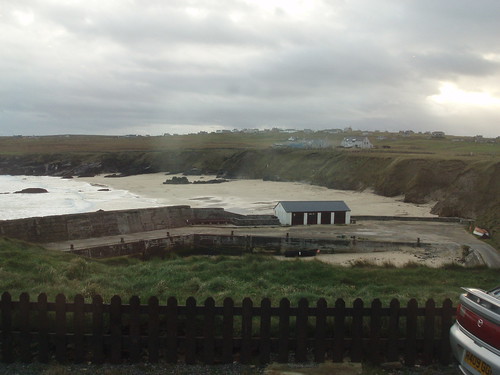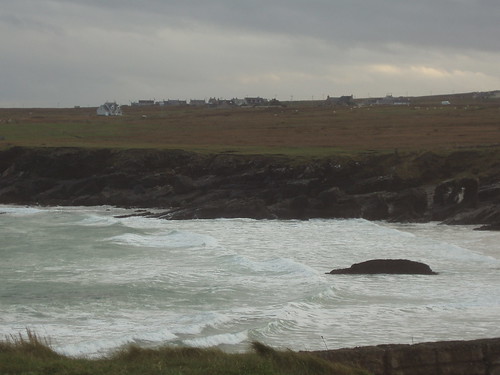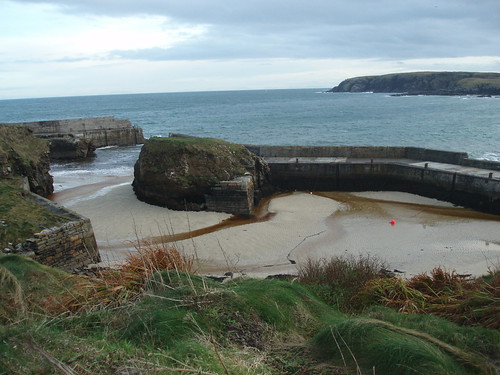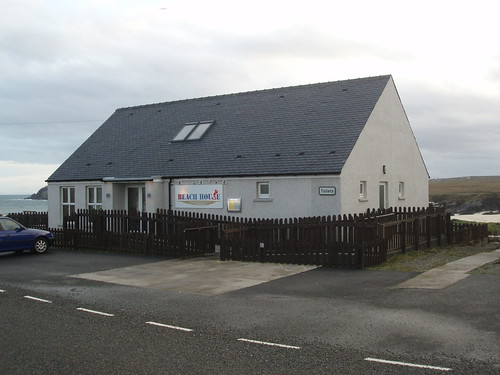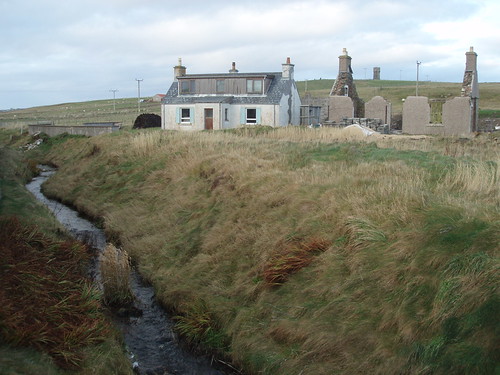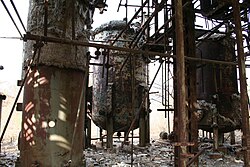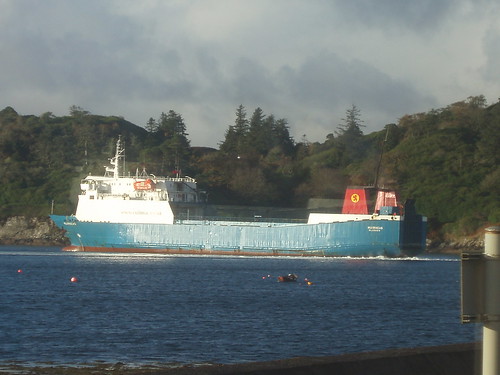
The Muirneag is the aging ferry boat that takes lorries and other haulage vehicles back and forth across the Minch. It leaves Stornoway each evening at 23.30 (except for Sunday, when this time is 00.30 on Monday morning, in order not to offend the Sabbaterians) and returns at 08.00 the next morning. Muirneag is not popular in Ullapool, on the mainland, because it docks at 3 am with a lot of noise from its engines and the movement of heavy vehicles in the village. The ship was built in 1979 and was previously active around Northern Ireland. Muirneag is not exactly top of the heap for technological advancement. The ship is difficult to manoeuver in high winds, which frequently leads to cancellations of its sailings in winter.
Muirneag is our lifeline, it brings all our food if anything. She has had a checkered career in the Minch; I vividly remember the time she had to run before a force 12 storm in November 2005, which saw her 60 miles north of the Butt of Lewis, well on her way to the Faeroes, before the captain saw an opportunity to turn round. Last year, her rudders failed, which resulted in the ship running into the Castle Grounds, opposite the town, nearly knocking over an early morning runner, who was going for his constitutional on the shoreline path. This morning, the poor old Muirneag crashed into the pier at Ullapool, damaging the installation. As a result, the passenger ferry Isle of Lewis was not able to carry out her customary 7 am sailing, and all traffic was redirected south, to Tarbert and Skye. What the cause of this morning's accident was is not clear; the weather was good and there was no high wind.
